How to get started in Change Management (Part 1)
Originally published on July 7, 2022
Last month on the Change Course podcast I created a 4 part series on getting started in Change Management based on a question I received from a colleague interested in getting into the field. The most exciting thing I find, is that the practice of change management is a fairly new one. I come from a background of implementing IT systems in healthcare, and quickly realized that a strong understanding of how people change was essential to my success and to the success of the projects I was working on. I started out by taking a course in change management that covered the basics and history of the field, learned a lot by reading and doing and eventually got certified in specific methodologies and by an international change association.
Since I’ve started working in change there has been an explosion in the amount of great content and while you can go back to school and take a course, there are lots of ways to start working on your knowledge and skill set today, that will set you apart as a change leader.
1. The Basics:
Change has been around forever, but only formally described in an organizational context since 1950. Lewin started it all with the Freeze, Change and Re-Freeze model and many other thinkers joined in from there. If you want to dive deeper into the models and the theories behind them, check out this episode of the Change Course Podcast, and the show notes where I link to all of the resources. This is a great way to understand the leading theories. When someone says “The Change Curve” you’ll know they’re talking about Kübler-Ross!
Change Course Podcast – A Brief History of Change Management
2. The Practical Guides:
I have a toolkit of must-have change guides that I refer to daily. What I love about these tools is that they consolidate many of the theories and practices from other authors and put it together with great tools, templates in an easy-to-understand format. My favorites are below:
The Effective Change Manager’s Handbook: (Richard Smith, David King, Ranjit Sidhu)
This is the official Change Management body of knowledge from the APMG. This is a how-to manual, condensed history, toolkit and guide for everything you need to know in change management. My copy of this book is dog-eared, with notes in the margins and a thousand bookmarks.
Making Sense of Change Management – Esther Cameron, Mike Green
This book breaks down the essential theories, tools, methodologies and techniques in encyclopedic format. This book helps you get started when you have a limited knowledge of the field and need to get up to speed fast. This is the book I’d recommend for someone who can’t take a course in change management but wants to learn as much as they can in a formal way.
Links to these resources at our favorite retailers are included below.
3. The Fundamentals
Working in change requires a planned approach. Change doesn’t happen on its own or overnight. It typically takes longer than we think it does! They key to success is understanding the change in as much detail as possible before getting to the essential stages of planning and execution and using great frameworks like Connected Change ™! When I’m coaching new team members, I focus on a few key questions that help us get started:
What: What is the change that we are making? Define it in terms of overall goals, the change vision, and what the future state will look like. Define it in terms of minute processes and activities and how they will be different for end users. Use both big picture and small detail thinking to make this come alive.
Who: Who is leading the change and who is affected by it? Break down the stakeholder groups into as much detail as possible, and detail how the change will be experienced by each group. You can also start to think about whether these stakeholders will be supportive or resistant to the change.
Why/When: This is the essential details that the stakeholders are looking for! Why do we have to change, and what will they get out of it? When will the change be happening and what do the stakeholders need to know?
Where: Where is the change happening? Can you describe all of the environments and instances that will be affected by change? Can you name the stakeholder groups that go along with all of the places where the change will be made?
How: This is the essential question! HOW will the change happen! This is where you’ll need to think about what the change looks like and how it will happen in as much detail as possible.
Understanding these key questions will set you up for success as you embark on the planning and execution of the change.
Stay tuned for part 2 where we get into more detail about how to start on a change project and what you’ll need to know!
Resources:
Change Course Podcast – The Leading Edge
If you're considering purchasing any of the resources we mention in the podcast, consider doing so through one of our affiliate links below! You can add to our virtual "tip jar" through a commission from your favorite retailer.
The Effective Change Manager's Handbook: Essential Guidance to the Change Management Body of Knowledge
Buy on: Amazon Indigo Rakuten / Kobo
Making Sense of Change Management: A Complete Guide to the Models, Tools and Techniques of Organizational Change
Buy on: Amazon Indigo Rakuten / Kobo



